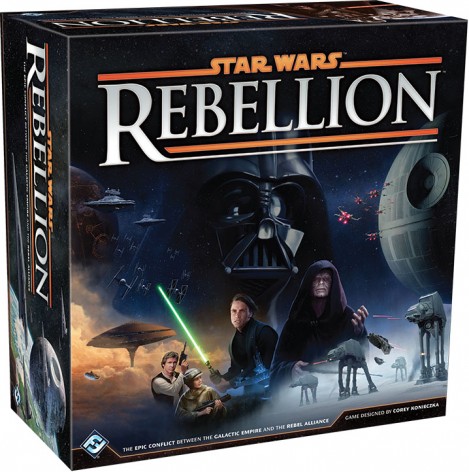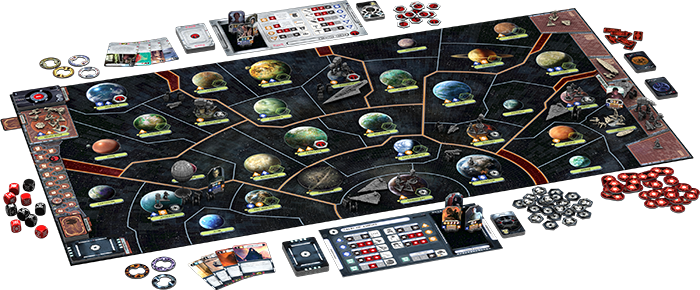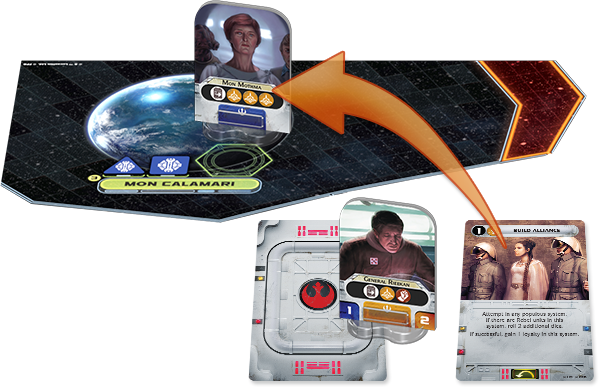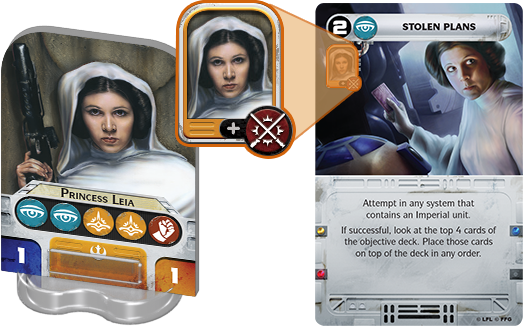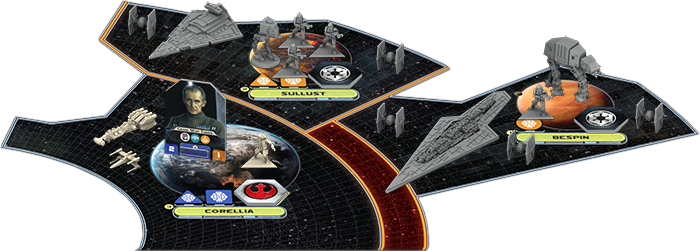Star Wars: Rebellion: The Basics of Command
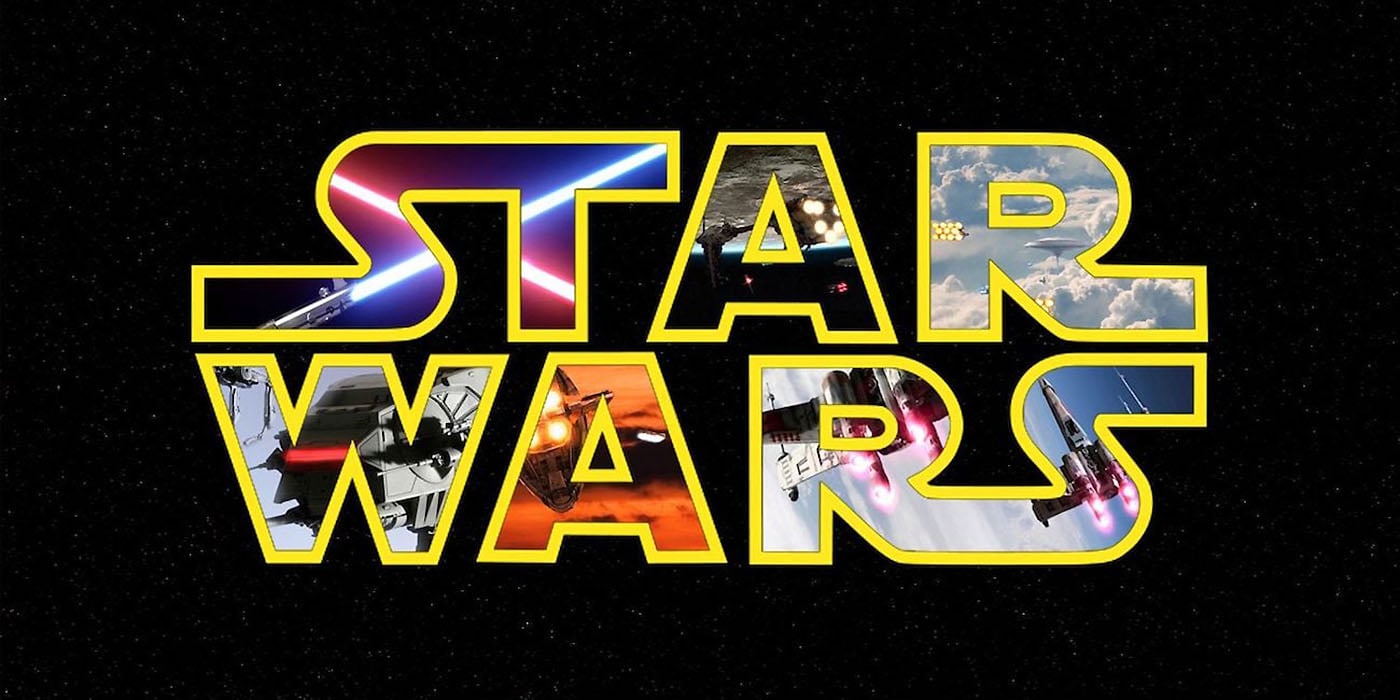

It’s time to take a quick guided tour of the Command phase for Star Wars: Rebellion – the new EPIC strategy game from Fantasy Flight Games!
Hello BoLS Readers! Fantasy Flight Games is showing off more Star Wars: Rebellion info and this time they are giving us a preview of the Command Phase. It’s a key part of the game where you get to actually activate those leaders and systems under your command that we covered earlier. I’ll let Fantasy Flight Games explain more:
via FFG
The Command Phase
After both the Rebel Alliance and Galactic Empire have finished assigning their leaders to missions, the game proceeds to the Command Phase. In the Command Phase, players take turns resolving missions or using the leaders they have remaining in their leader pools to coordinate the movement of their units, possibly initiating combat.
As in the Assignment Phase, the Rebel player acts first in the Command Phase and can either reveal a mission or activate a system.
Reveal a Mission
When you decide to have one of your leaders attempt the mission to which he or she was assigned, you reveal that mission, flipping it faceup, and read it aloud.
Most mission cards require you to attempt them in a system and often dictate qualifiers for the systems in which the mission can legally be attempted. For example, Stolen Plans can only be attempted “in any system that contains an Imperial unit” while Gather Intel can only be attempted “in any Rebel system.” After you reveal your mission, then, you must declare where your leader is going to attempt it, and you place your leader on the matching system on the game board.
Advertisement
It is also worth noting that every leader at a system contributes their matching skill icons to any mission attempt at that system, which means you may be able to increase your chances of succeeding at a critical mission by attempting it in a system where you have already committed a leader to attempt an earlier mission. Conversely, it becomes much harder to to complete a mission if you send your leader to a system where your opponent has already placed a leader, meaning that your attempt may potentially be opposed by multiple enemy leaders.
Finally, as we saw previously, a number of missions feature the image of a specific leader. If that leader is ever opposed at the mission, you automatically add two successes to your total.
Activate a System
Also during the Command Phase, you have the opportunity to move your fleets. You do this by using your leaders to activate systems.
AdvertisementTo activate a system, you remove one of your leaders from the leader pool and place it in a system on the game board. You are then able to move any of your ships from adjacent systems into the system your leader has activated. The exeception, however, arises whenever two otherwise adjacent systems are separated by red areas that indicate there is no navigable hyperspace lanes between them.
There is quite a bit more to the phase – but those are the basics. If you’d like to read-up on the REST of the Command Phase, I highly suggest taking a look a the FULL ARTICLE direct from Fantasy Flight Games. Replaying the conflict between the Empire and the Rebellion on a Galactic scale seems a natural fit for a board game. From the looks of this game, it really is putting the EPIC back in the Galactic Conquest. I’m pretty excited to take a look at the full game and rules when this one comes out.
Star Wars: Rebellion $99.95
Contents include:
- 1 game board (split in 2 halves)
- 170 plastic miniatures
- 25 leaders (with stands)
- 10 custom dice
- Over 170 cards
- 1 Learn to Play Booklet
- 1 Rules Reference
Something, Something Darkside. Something Something, Complete.

